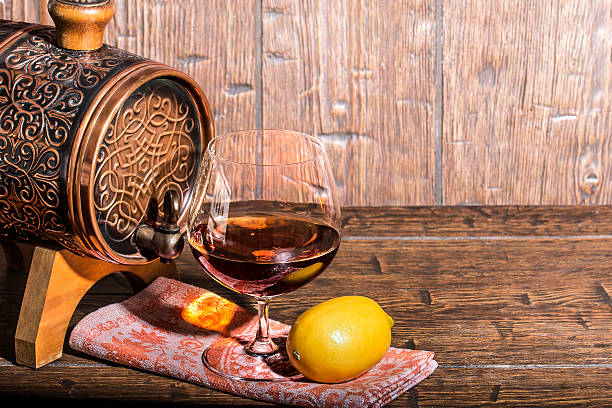In the realm of whisky, many preconceived assumptions exist. Even while single malt scotch often receives high praise, many people still consider it an exclusive and severe beverage. Single malt scotch may have higher sales numbers, but blended scotch wins hands down when it comes to popularity. The cost is a factor here since a standard blend is typically much cheaper than a single malt, but this is not always the case. Each kind is good in its own right, but many people lean towards single malt whisky because it best reveals the unique characteristics of the distillery where it was created.

Remember that there is no right or wrong way to enjoy whisky, so long as you do it in moderation and with an open mind. Whisky is designed to be enjoyed; therefore, ignore those who insist that it must be served neat or that water must be added. Just go ahead and mix that $300 bottle of whisky with some Diet Dr. Pepper if that’s what you want to do (however, possibly give the whisky a strive by itself as nicely).
We’ve highlighted 3 of the finest single malt whisky out of more than 130 distilleries in Scotland.
BenRiach
BenRiach isn’t the best-known scotch distillery, yet it makes excellent whisky. Additionally, it’s one of the few distilleries that regularly conducts ground maltings, in which barley is wet to germinate and then dried onsite before distillation (that is often accomplished by malting homes these days). Brown Forman purchased BenRiach a few years ago and revamped the primary product with new bottle designs, names, and expressions. The Twelve, The Unique Ten, The Smoky Ten, and the Smoky Twelve are the most inexpensive whiskies. One is peated, and the other isn’t. These superb single malts are matured in ex-bourbon, sherry, port, virgin oak, and rum barrels, among others. Malting Season is BenRiach’s first whisky made using malted barley in a century. Smoke Season is the distillery’s peatiest whisky. These delicate and tasty whiskies have no added color and are suited for seasoned and beginning scotch drinkers.
Highland Park
Highland Park is notable in the scotch whisky business for its Viking focus and isolated Orkney location, making it Scotland’s northernmost distillery (it beats Scapa by a couple of miles). The whisky is frequently lightly peated and matured in sherry or bourbon barrels. In the US, 10-, 12-, and 18-year-old whiskies mix smoke and dried fruit flavors nicely. Viking Coronary Heart, a 15-year-old whisky aged in European and American sherry-seasoned oak barrels, was introduced last year. Cask Energy is a unique and charming household accent. The next batch of this NAS, non-chill filtered whisky, was produced last fall. It has overtones of smoke, vanilla, and honey. Highland Park bottles have Norse-themed labels and 50-year age claims. Highland Park is uncolored.
Bladnoch
Many fans of single malt whisky may overlook distilleries in the Lowland region of Scotland, but you should check out them. Some people will recognize Glenkinchie and Auchentoshan, whereas Bladnoch is still a relatively unknown brand in the United States. Since 1817, when it first opened, this distillery has been producing alcohol but has undergone several ownership changes and periods of inactivity. Dr. Nick Savage, who has worked in the whisky business for many years, is now a master distiller. There are currently a handful of standout bottles on the market, including NAS Vinaya whisky that was aged in bourbon and sherry casks, the NAS Samsara whisky in bourbon and California purple wine casks, the 15-year-old aged in Oloroso sherry casks, and the 25-year-old that was completed in virgin oak and bottled at cask power. Try a handful of these varieties if you’re looking for a change of pace in the world of single malt scotch.